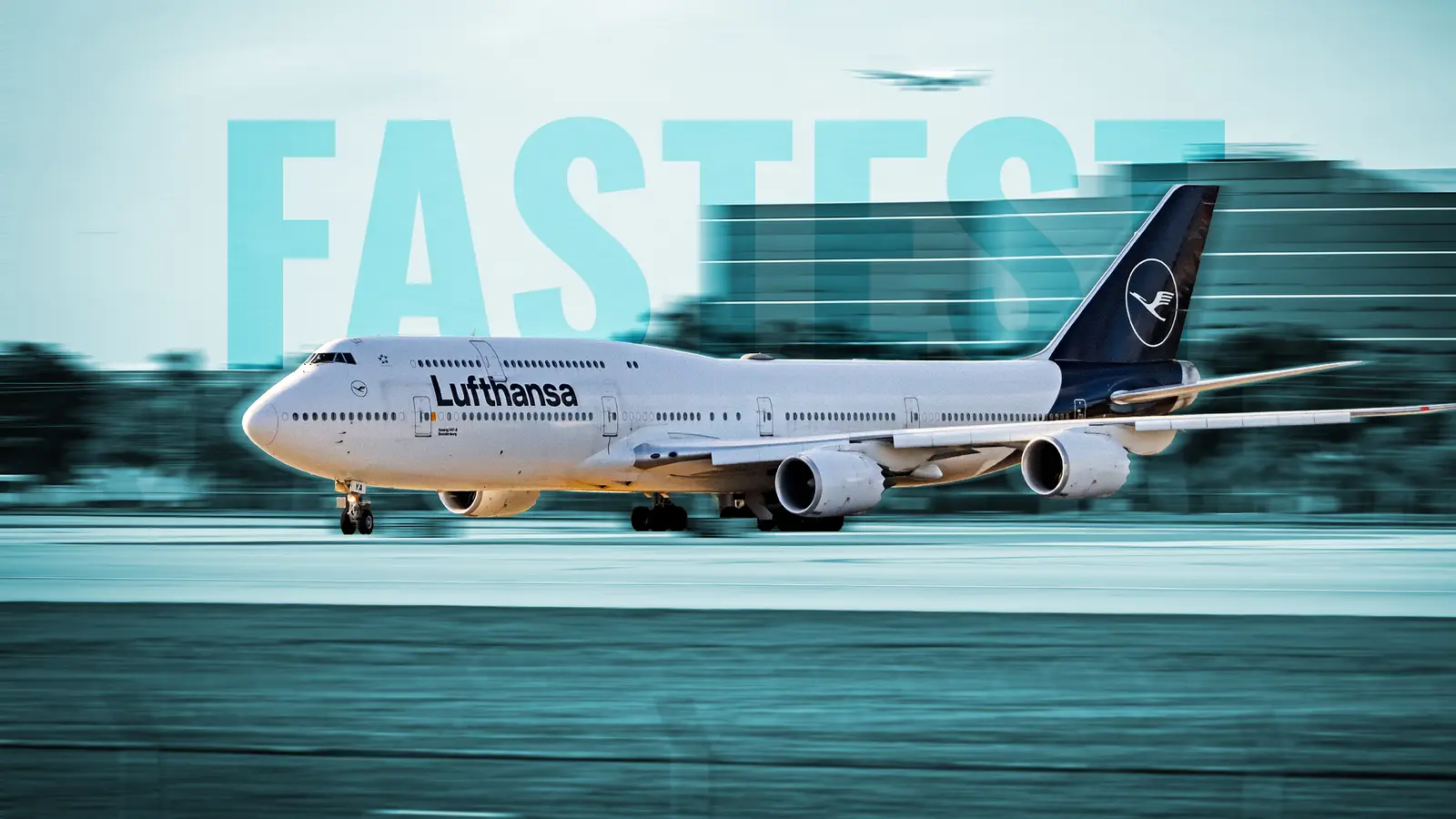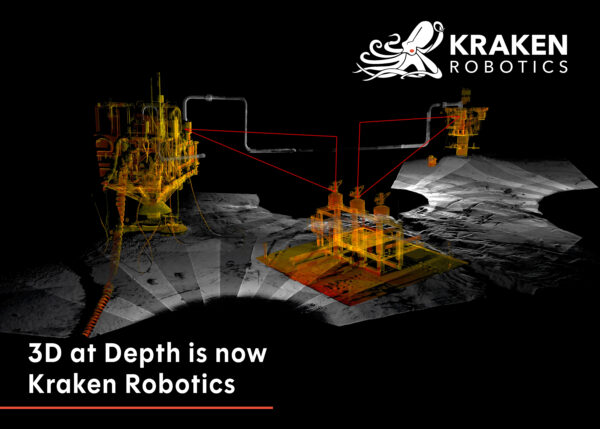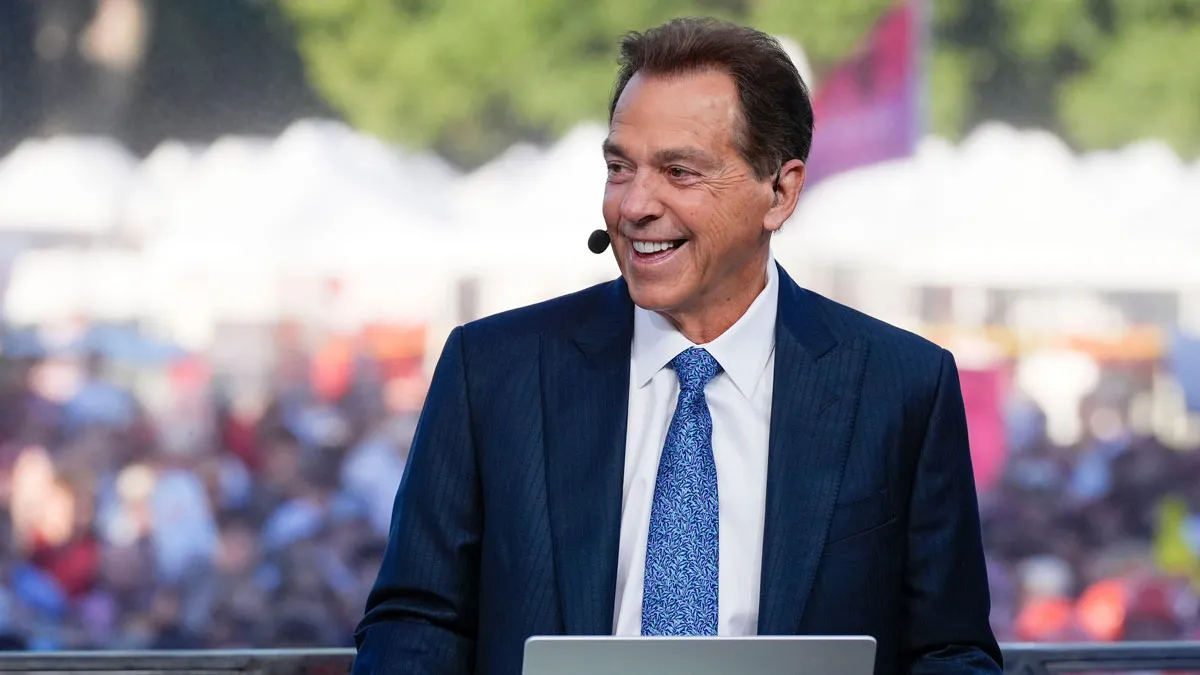Copyright Simple Flying

Lufthansa is the proud owner of no less than 19 of the world’s fastest commercial aircraft. The jet in question is the legendary Boeing 747, but not just any 747, the final edition to roll off the assembly line before it shuttered in 2023. That jet is the 747-8I (“I” for “Intercontinental” which denotes the passenger variant), which flies at a cruising speed of 659 miles per hour (1,061 kilometers per hour). There are other operators still flying the venerable 747, like Korean Air and Air China, but Lufthansa was the launch customer for the last and best iteration of the iconic jetliner. Today, the fleet is still going strong as its successor, the enormous 777X twinjet, is yet to take the reins. Let’s dive into just what makes the 747-8I special and why Lufthansa has kept these giants of the sky racing over oceans and continents for years. The Queen Of The Skies The Boeing 747, which democratized international travel by lowering ticket prices and providing glitz and luxury on board, is a representation of the heyday of aviation. The enormous "jumbo jet" lowered ticket costs, enabling middle-class passengers to take international flights and expanding the market for long-haul travel. Due to its enormous capacity and remarkable range, the 747 revolutionized international travel and business by enabling airlines to transport large numbers of passengers between major international hubs. The 747's long-range capabilities allowed it to operate non-stop intercontinental flights that previously required refueling. The early 747s offered passengers unprecedented cabin space, with two aisles and higher ceilings, creating a sense of spaciousness and comfort. The iconic "humped" upper deck featured lounges, cocktail bars, and gourmet restaurants, adding to the plane's high-end reputation. The 747's development required significant technological breakthroughs, including the high-bypass turbofan engine and a new "fail-safe" structural design. The "747 Incredibles" was the nickname given to the 50,000 Boeing employees who built the first 747 jumbo jet in just 16 months, a Herculean effort in aviation history. Making The Legend The Boeing 747's development and long-term operation were significantly influenced by its original launch customer, Pan Am, and later by Lufthansa, its longest-running operator. The launch client that enabled the 747 was Pan Am, led by visionary chairman Juan Trippe. In 1966, Trippe placed the largest order in commercial aviation history for 25 aircraft after persuading Boeing to construct an aircraft that was 2.5 times larger than the 707. The 747's maiden commercial flight took place on Pan Am's famous New York-London route on January 22, 1970. Pan Am was instrumental in creating the 747's reputation for luxury by using the aircraft's distinctive upper deck as a first-class passenger lounge. After several airlines phased out their 747 fleets, the longtime proponent, Lufthansa, persisted in promoting the aircraft. In 1970, it was the first airline in Europe to operate a Boeing 747 for passengers, only three months after Pan Am. When the 747-8 Intercontinental, the newest passenger type, was delivered in 2012, Lufthansa was the first client. Today, Lufthansa remains the world's largest operator of the passenger version of the Boeing 747, using the 747-8I on its most premium long-haul routes, like Frankfurt to Los Angeles, keeping the 747 visible and cementing its position as a flagship airliner. The Power Of Four-Engines Today, the 747-8 Intercontinental is the fastest widebody passenger jet in service, with a typical cruising speed of Mach 0.86. It just edges out the Airbus A380, which commonly hits Mach 0.85 at cruise speed. The Boeing 777 also can’t match the Queen, with Mach 0.84 being its usual cruising speed. Even the upcoming 777X, the 747’s replacement, is designed to be slower with Mach 0.85 as its recommended cruise profile. The 747's higher cruising speed was made possible by high-bypass turbofan engines, which have more power and better fuel efficiency than older turbojets used on earlier jets like the 707. The wings are swept back, allowing the aircraft to cruise at a high subsonic speed with low drag. With a trade-off between economy and speed, modern aircraft design has gravitated toward fuel efficiency. In order to reduce operational expenses, modern aircraft are designed for slower, more economical cruising speeds. By employing cutting-edge lightweight materials and enhanced engine technology, more recent twin-engine aircraft, such as the Airbus A350 and Boeing 787 Dreamliner, attain comparable cruising speeds to the 747 at greater economy. With new, more efficient engines and aerodynamically enhanced wings with raked wingtips, the Boeing 747-8 came with some speed advantage. But the market had already shifted away from four-engine widebodies when this version was introduced. Need For Speed Faster commercial jets offer benefits to both airlines and flyers on long-haul routes. Cutting total travel time can improve airline economics, increase passenger convenience, and unlock new market opportunities. For flyers, faster flights offer a direct and tangible advantage. This can lead to increased productivity for business travelers, reduced jet lag, more time at the destination, and expanded travel options. Airlines benefit from faster jets with increased aircraft utilization, competitive advantages, and tighter scheduling. A faster flight means an airplane and its crew complete their duties in less time, allowing the airline to fly more routes or fly the same routes more frequently throughout the day, increasing revenue potential from its fleet. Speed can also be a major differentiator in the airline market, attracting high-value passengers, premium prices for tickets, and snatching market share from rivals. Fewer flight hours and less time spent on the ground for maintenance, which keeps the aircraft in the air and generates income, are core drives in operational efficiency. By compensating for possible delays, faster speeds enable airlines to create more stable and dependable timetables. There are trade-offs in fuel consumption, upkeep, noise, and environmental impact when speed is pursued. For instance, despite its tremendous speed, the Concorde's exorbitant operational expenses and poor fuel efficiency made it unfeasible for passenger service. Concerns about the environment are raised by the increased carbon footprint that comes with faster speeds. Furthermore, most passengers choose cheaper tickets, which are only achievable with slower, more fuel-efficient aircraft. Historically, really rapid flights like the Concorde were only profitable for a limited, extremely wealthy market. Head To Head With The Super Jumbo The swept-wing design of the Boeing 747-8, which is optimized for higher cruising speeds, gives it a slight advantage over the Airbus A380. Passengers, however, barely notice the difference because both planes usually cruise at Mach 0.85, putting fuel economy ahead of speed. With a maximum operating speed of Mach 0.90 and a typical cruise speed of Mach 0.855, the 747-8 is marginally faster than the A380, which has a maximum speed of Mach 0.89 and a normal cruise speed of Mach 0.85. While the A380's four engines were built for maximum passenger capacity and fuel economy per seat-mile rather than sheer speed, the 747-8's four GEnx engines use a more conventional approach. A major contributing cause to the 747's somewhat greater peak speed is its more steeply swept wing. Particularly with a maximum load, the A380 can take off and ascend faster than the 747 due to its reduced wing loading. There are also important trade-offs in design. The 747-8 is an upgraded version of an airframe from the 1960s, while the A380 is the biggest passenger aircraft ever constructed and was designed entirely from scratch. Instead of focusing on speed, the A380 is designed to be roomy, with a larger cabin and a more opulent, peaceful interior. In conclusion, the A380 is not a sluggish airplane, and any variation in speed is a small detail caused by certain aerodynamic decisions. The Next Generation The Boeing 747-8 is technically slightly faster, cruising at up to Mach 0.86, but the two-engine Boeing 777X boasts significantly better fuel efficiency and overall operational performance thanks to its massive GE9X engines and advanced composite wings. The 777X's folding wingtips also give it greater operational flexibility by allowing it to use more airport gates than the 747-8I. Compared to the 747's four GEnx-2B engines, the 777X's two GE9X engines represent a major technical development. With a maximum thrust of 110,000 pounds and the world record for thrust, the GE9X is the most potent commercial engine ever produced. The GE9X is lighter and has better aerodynamics because of its use of cutting-edge materials and design, including a bigger fan diameter and fourth-generation composite materials. Because of its design and the lower tip speed of its composite fan blades, the GE9X also generates a lot less noise and pollution than earlier engine generations. The GE9X outperforms the GEnx in terms of noise and pollutants when compared to earlier engines. With about 10% less fuel used per engine than the GEnx on the 747-8, the GE9X engines on the 777X provide a substantial fuel burn advantage. The 777X requires less maintenance because it has half as many engines. With fewer fan blades and a more straightforward design, the GE9X is also easier to maintain. The era of quadjet production has come to a close under the pressure of economic conditions, but the history made by the 747 will always be celebrated.



